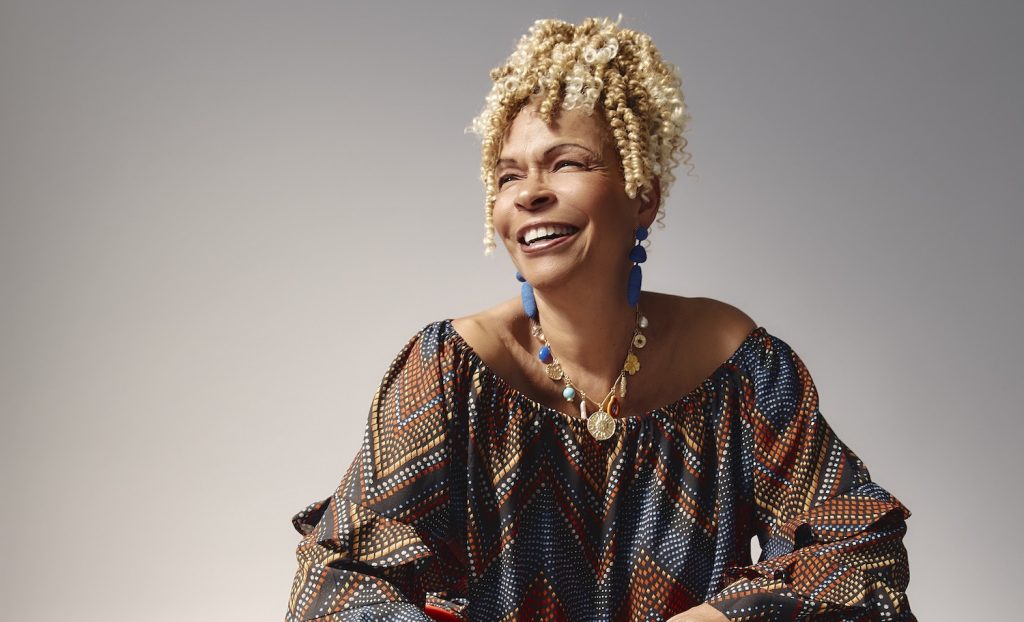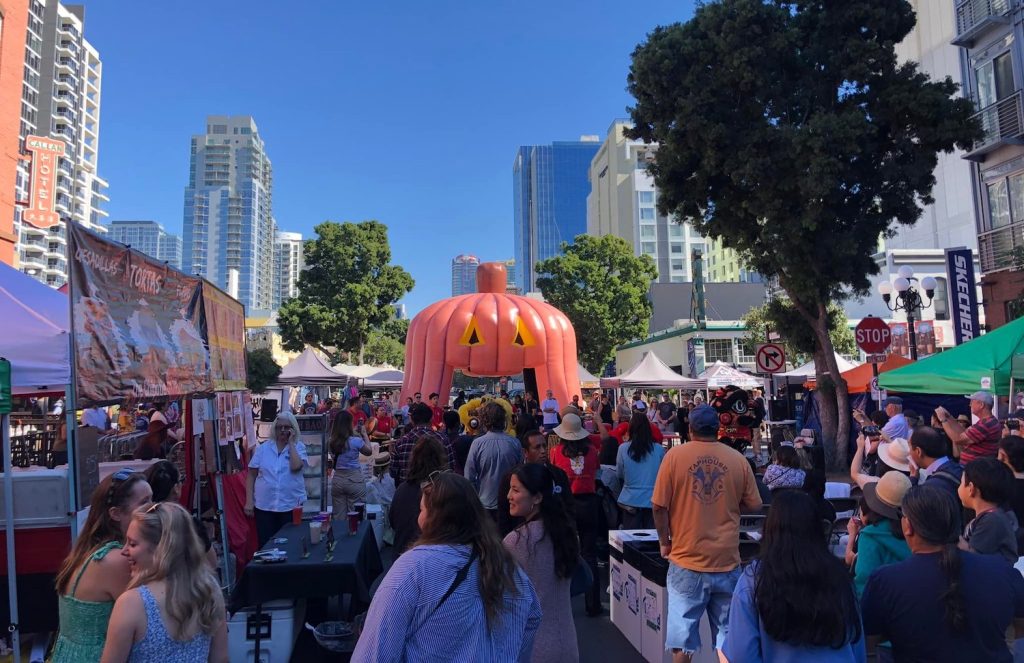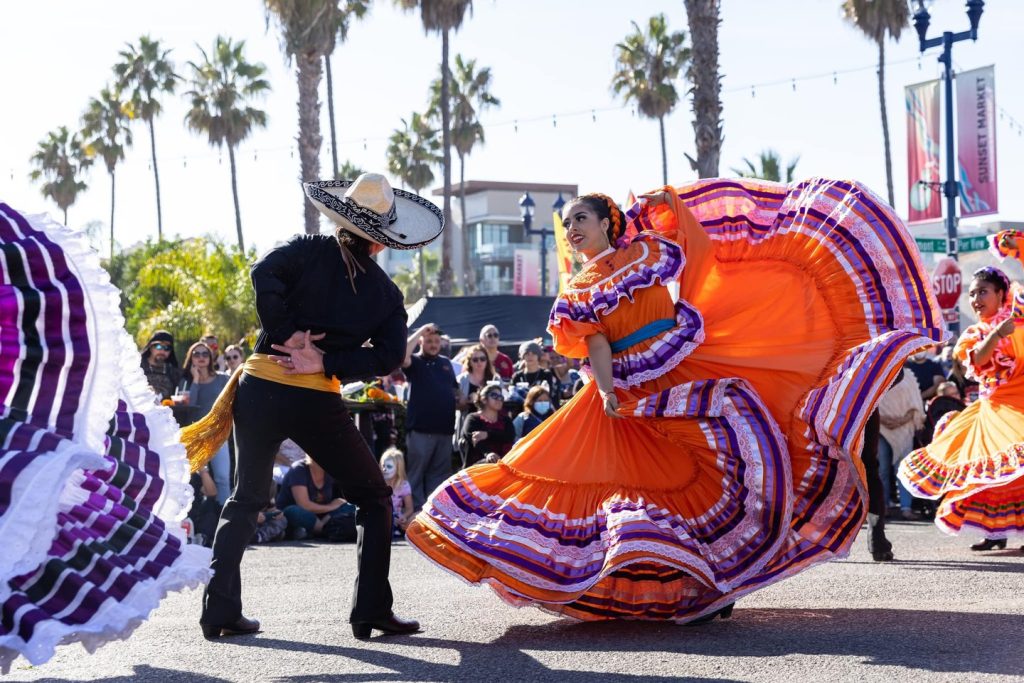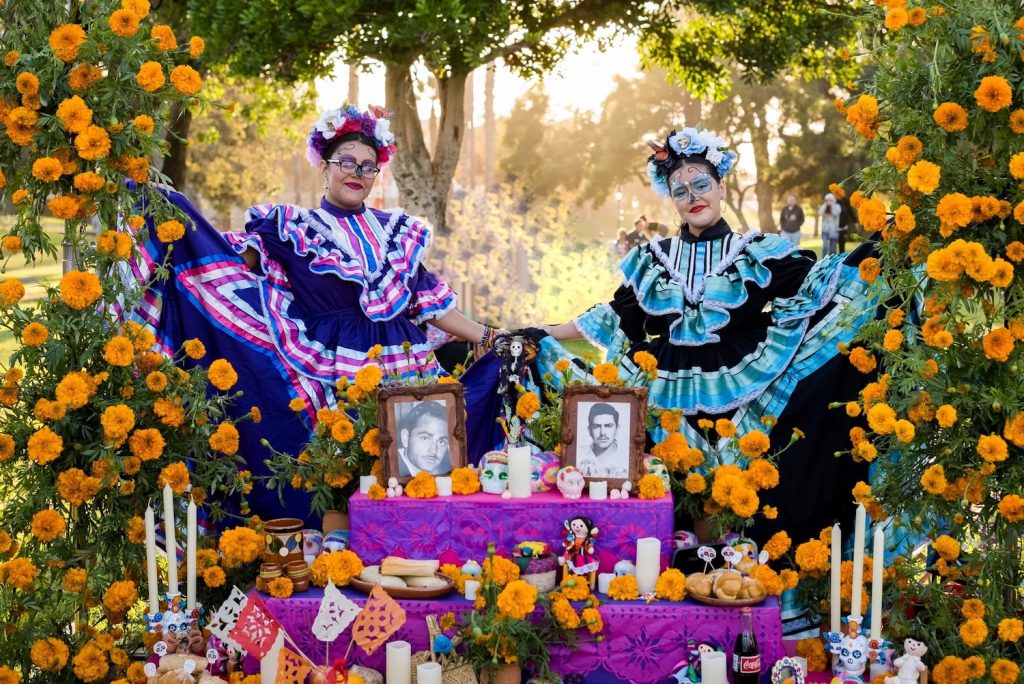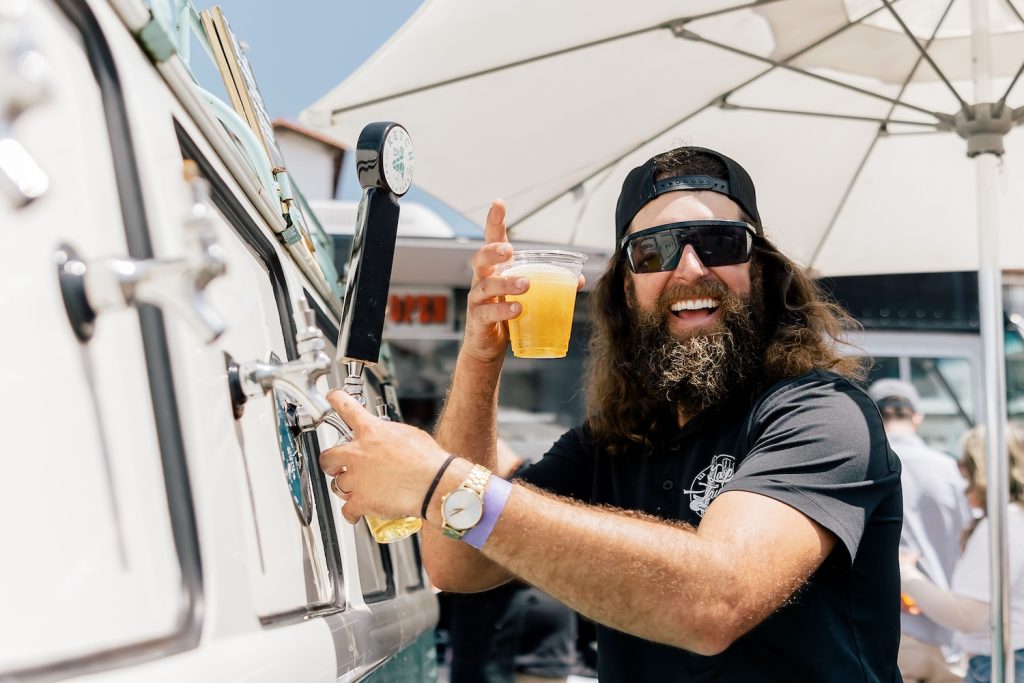When women need support after escaping the sex trade, they often turn to Susan Munsey. A therapist and survivor herself, Munsey founded faith-based nonprofit GenerateHope in 2009 to provide the long-term, comprehensive care needed to heal past trauma and make a fresh start. The organization started small—Munsey offered pro bono sessions through her new church—but has since grown to serve 160-plus survivors.
She also uses her voice and experience to advocate for solutions to stop sex trafficking for good. In San Diego, that’s a monumental task. The county sees upwards of 8,000 trafficking victims per year.
“People think it’s not out in Ramona, or on the outskirts of San Diego, but it is. And sometimes people think it’s not in La Jolla or some of the wealthier areas and it is,” Munsey says. “GenerateHope does a lot of education in the community to help people understand what sex trafficking is and how prevalent it is here.”
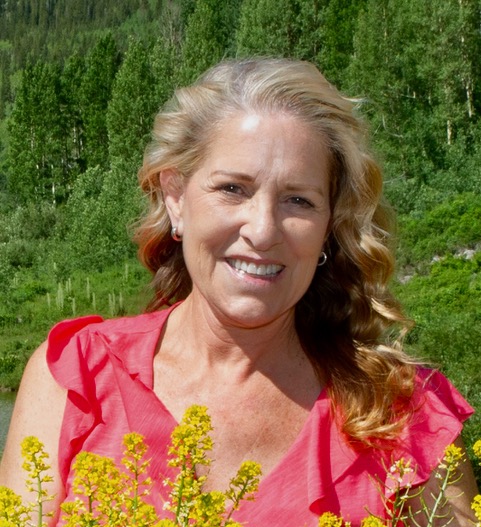
Women working to leave “the life” are referred or self-refer to GenerateHope. Many share a similar story of being lured into the sex trade as a teen by an older “boyfriend” who eventually begins to isolate, exploit, and abuse her, says Munsey.
“It takes her a while to figure her way out and to realize that this is not what a guy who loves her does,” she says.
At GenerateHope, women spend, on average, two years in its five-phase residential program. They receive individual and group therapy, catch up on any schooling they may have missed, and prep for college or trade school. They also have adjunct classes—things like dance, yoga, surf therapy, and equine therapy—and visit various providers for medical, dental, and psychiatric care, and tattoo removal. The women who’ve lost custody of their children and are eligible for reunification also work with Child Protective Services to take the appropriate steps.
Six women participate in the program at a time and there are two resident guides who also live in the GenerateHope home.
“The average length of stay is about two years, which may seem like a long time, but it’s actually a drop in the bucket for the trauma that they’ve been through,” Munsey says. “We want them to never have to go back to that. We want to make sure that they have the ability to support themselves in a way that is substantial.”
Munsey has helped facilitate many success stories in her years with GenerateHope. Survivors go on to graduate from the program, get jobs, and build healthy relationships. Some stay in touch, others just move on with their lives. The successes, big and small, are what keep her going.
“I’ve learned over the years that nobody comes here without change. Even if they leave prematurely, they get something,” Munsey says. “We see a lot of women who get it the first time; we see women who have left and then come back.
“And sometimes, we get to see women who have done some work at another program and then come to us and really blossom,” she adds. “We really get to see that spark ignite and see them move on toward their dreams. I feel really grateful to have had the opportunities that I’ve had to work with some amazing women.”



